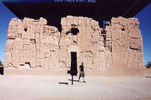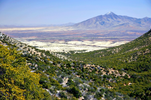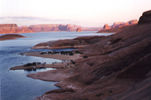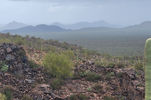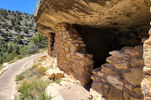Location & Access:
Located on the Arizona-Nevada border, the monument is accessible via unpaved roads requiring high-clearance vehicles. Visitors should be prepared for self-sufficient travel.
Natural Features:
The monument features volcanic plateaus, deep canyons, and expansive vistas. It is part of the Grand Canyon watershed, contributing to the region's ecological diversity.
Wildlife & Plants:
The area supports desert and riparian ecosystems, with species such as desert tortoises, bighorn sheep, and a variety of plant life adapted to arid conditions.
Cultural & Historical Significance:
The monument contains archaeological sites reflecting the presence of ancient peoples. It is also significant for its geological formations and paleontological resources.
Recreation & Visitor Information:
Due to its remote nature, visitors are encouraged to engage in backcountry hiking, camping, and wildlife observation. Proper preparation is essential.
Conservation & Management:
Managed by the Bureau of Land Management, the monument focuses on preserving its natural and cultural resources while providing opportunities for recreation.
Location: Mohave County & Coconino County, Arizona, USA
Nearest City: St. George, UT (closest significant city; Arizona gateways include Littlefield, AZ)
Size: ~1,048,325 acres
Established: June 9, 2000
Managed by: U.S. Bureau of Land Management (BLM) & National Park Service
Visitation: ~25,000 visitors annually (estimate; remote and lightly visited)



